Helsinki is taking one significant step forward in its urban development. The Kruunusillat alliance creates new connections and opportunities for both locals and tourists, but what does this project entail?
The multifaceted and complex nature of the project has required effective tools and processes, one of which has been the utilization of Zeitmaps. Zeitmaps, a digital tool for work area project management, has enabled project planners and implementers to drill down into the details of work phases, giving them the opportunity to visualize and coordinate tasks as needed at the time of each work phases.
Zeitmaps has served as a valuable aid in the project, both in reviewing the overall picture of the regional construction schedule, as well as in the management of Korkeasaari’s stone works, facilitating the coordination of schedules and enabling smooth communication between the different parties of the project.
What is Kruunusillat?
Kruunusillat is a large-scale transport project, the goal of which is to connect the core of Helsinki to the eastern districts in a new and innovative way. This is not just any project, it is designed to promote sustainable urban development, promote and better the use of public transport and facilitate people’s daily movement.
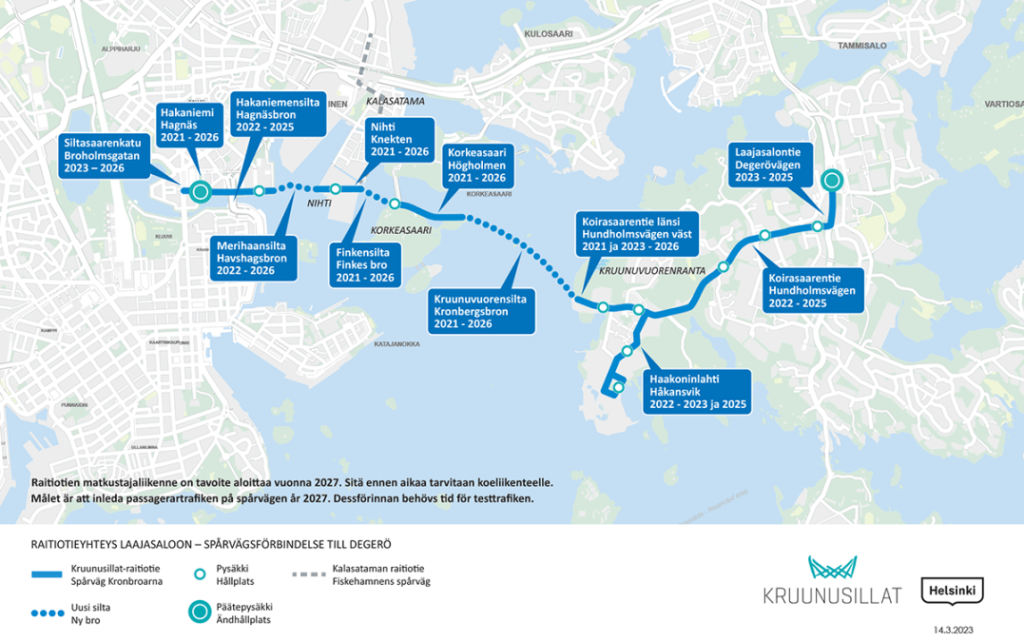
The project originally started at the end of 2021, and expectations for the start of commercial traffic are set for 2027. The project is scheduled to be completed at the end of 2026. NRC Group Ltd., YIT, the City of Helsinki and several other construction industry production companies work together as an alliance for the success of the project. (Source available on 5 March 2024, https://kruunusillat.fi/tiodetteet/hakaniemen-ja-kruununhaan-kevat-ja-kesa-24/ )
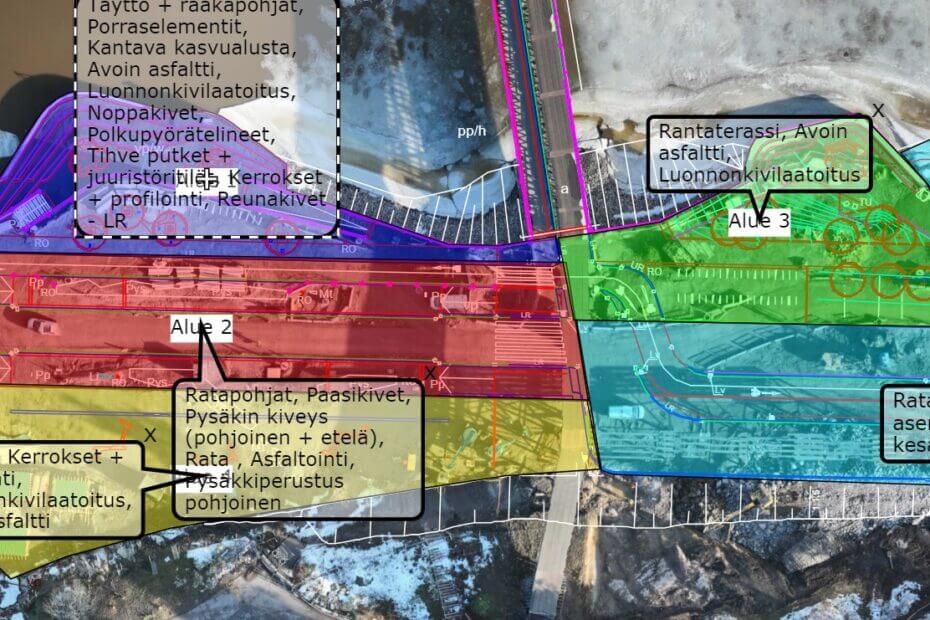
Timetable management
Timetable management is an essential element in all large projects, and the Kruunusillat alliance is no exception. When several construction production teams or production stakeholders operate daily simultaneously in the same areas as the schedule progresses, a so-called general schedule is put together, whereby the plans of each operator are coordinated into a common master schedule. Our interviewee, Teemu Mikkola, a production engineer at NRC Group Ltd., is responsible for obtaining this information from the sources of the different production teams and is able to illustrate who builds, where and at what time.
Teemu collects this information into Zeitmaps, maintains a general schedule but also investigates on a case-by-case basis more in-depth scheduling overlaps, challenges and scenario analysis needs. With Zeitmaps Teemu Mikkola can prepare and visualize the needs in weeks, months or years ahead of time and share these observations with the teams to get a better understanding when and where possible overlapses may need attentions or rearrange sections for daily or weekly workflows. Together with others, he evaluates various scenarios that may occur in regional construction as the project progresses. Zeitmaps is a really good tool for this kind of thing, Teemu validates.
Source: Eelis Lokka YIT, Korkeasaari.
The whole Kruunusillat alliance is divided into different timed sections, all of which are further divided into their own time allocation sections and all of which have their own special needs. In this complexity, Zeitmaps has risen into a valuable tool. With its help, it is possible to combine and coordinate the work of different areas visually on top of the map material, which has proven to be a good resource.
This approach to project management emphasizes interpersonal collaboration and flexibility, which are just as important as the benefits offered by any technological tool.
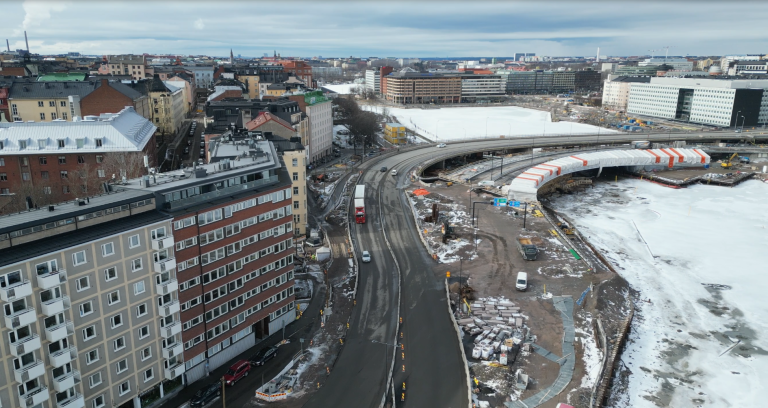
Benefits of Zeitmaps
Zeitmaps as an assistive tool enables designers and implementers to illustrate and coordinate different work phases visually online, which improves the efficiency of both planning and implementation. Also, Zeitmaps offers the tools for quick scenario analysis, enabling flexible project direction changes and necessary adjustments during the everyday workflow. However, although Zeitmaps has brought benefits to the project, it has not replaced traditional scheduling tools. Instead, Zeitmaps works seamlessly alongside these tools, complementing their functionality and offering a new dimension to project management.
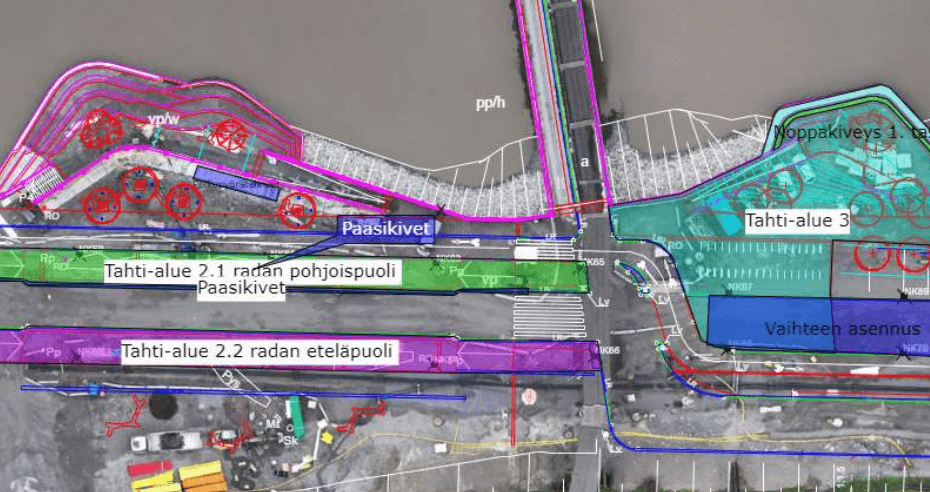
Zeitmaps as a solution
During the project, Zeitmaps has played a role in solving the challenges. With its help, it has been possible to visualize and anticipate work overlaps and other challenges, which has helped in the smooth implementation of the project. Teemu and his team have been able to quickly react to changing situations and keep the project strictly within the agreed schedule.
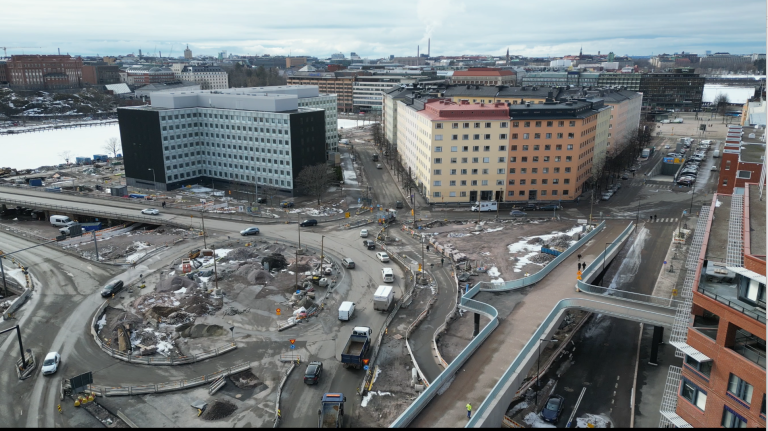
Zeitmaps for planning
The Kruunusillat project is more than just a traffic project; it is a vision of the Helsinki of the future, where movement is smooth, urban development is sustainable and communities are interconnected. The project highlights how technology such as Zeitmaps can help manage large and complex projects, while providing valuable lessons for future urban planning and development projects. Kruunusillat not only changes the cityscape of Helsinki, but also sets new standards for how cities can grow and develop.
Authors: Zeitmaps & Teemu Mikkola, Production engineer, NRC Group Ltd. Helsinki
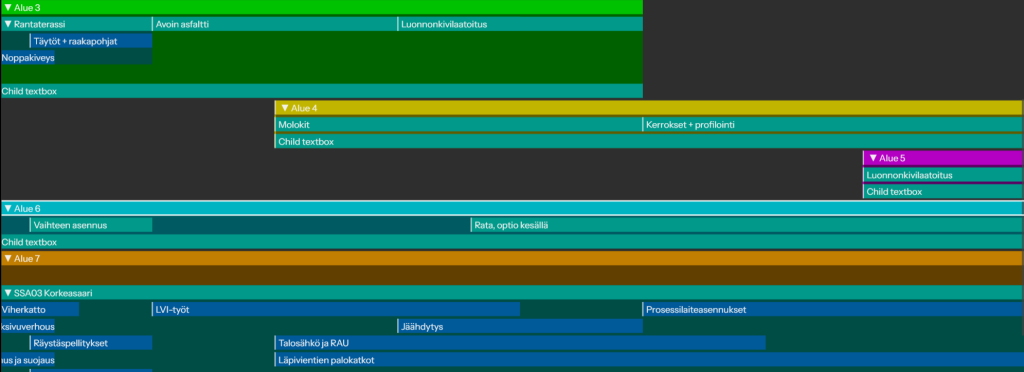
Find out more about the use of Zeitmaps and the possibilities it offers in planning and scheduling infrastructure projects. Effective scheduling is the key to successful project implementation. Leave us a comment or contact us for more info.